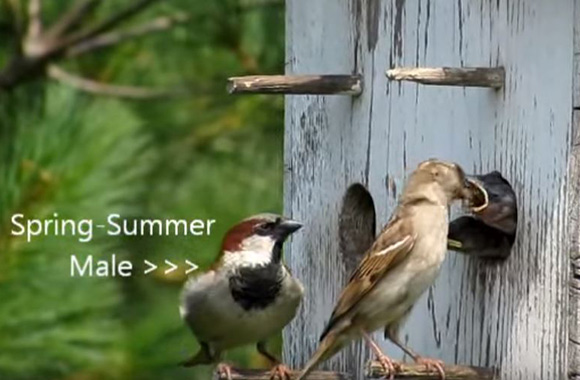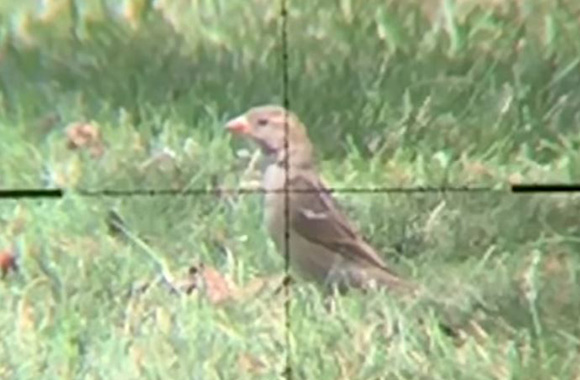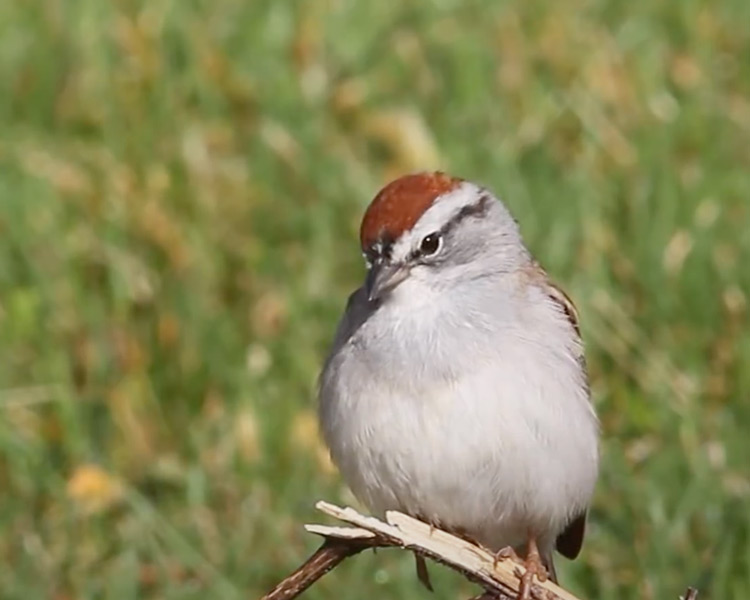Methods for Control of House Sparrows
House Sparrows are not only one of the most plentiful songbirds in NA-North America, but one the few classes that is originate worldwide. HS/House Sparrows are not originally native to North America. They came from England in the 1850s as pest control. Immigrants soon learned that this was a mistake. The House Sparrow loved the climate here and its population increased at an explosive rate. It took very little time to realize that the birds caused extensive damage to crops and fruit trees, and less time eating bugs. They are also aggressive squatters who take over the nesting sites of other indigenous cavity or box nesting birds.


House Sparrows are, by nature, extremely aggressive. Once they find a nest they want, they will attack and kill any other birds to get it. They also practice genocide by destroying any eggs or young in the nest during this process. They are known to take over birdfeeders and other food sources, driving the native birds away. House Sparrows are mostly seed eaters, although they will dine on insects while raising young. They will also eat garbage.
Ranches and farms as well as restaurants and garden areas are very attractive to House sparrows because they provide an easily accessible source of food, water, and shelter. There are several ways to cut down on the sparrow population, but all result in the bird’s demise, as this is the only humane solution. If you cannot euthanatize the animal. You can contact your local animal control that can help with this process.
SPARROW CONTROL
House Sparrows are considered a nuisance, so this invasive species is not protected under federal law. You should never relocate this problem bird, so the only option is to humanely dispatch them. , When you are certain you have found a sparrow nest, destroy it and the eggs. Young birds and adults should be humanely killed.
Here are some other options for House Sparrow control
1. BOX LOCATION
House sparrows like secured nesting areas that are enclosed, like a box. Never place box type nests near farms, cow lots, barns or sheds, or in or around residential areas. All these are likely to be claimed by House Sparrows. If sparrows do move in, and you don’t want to kill them, you can move the box to a site farther away from your home. Placing the box low to the ground also seems to dissuade these pests.
2. CLOSING THE NEST TO PREVENT WINTER USE
Sparrows inhabit an area year round. They will occupy all nests, and refuse space to birds coming to nest in the spring or summer. Plugging the opening of a box nest can prevent sparrows moving in during the fall/winter.
Leave it plugged until the spring. This will allow other birds the chance to nest.
3. USE A BOX WITH A SMALL INTERIOR
House Sparrows are hesitant to use a box with a small interior. Using a small space box will encourage them to search elsewhere.
4. ELIMINATING FOOD, WATER, AND ROOSTING AND NESTING SITES
Mixed bird seed that contains a high percentage grains, such as milo, millet,
And cracked corn is actually preferred by House Sparrows. Using a higher quality food will dissuade them from raiding your feeders. Don’t leave standing water such as pet bowls, birth baths or ponds.
5. SCARE TACTICS
A device called a Sparrow Spooker is simply flutters strips of Mylar that brush the roof of a nest box. For whatever reason it is highly effective for scaring off House Sparrows while not really bothering other birds.
6. CONSTANT MONITORING
Regular monitoring of sparrow nests can help control House Sparrows by regular removal of the eggs.
This will ensure that no you are there to repopulate, but the male will still vehemently guard the nest in hopes of starting over. Getting rid of him is a must!
7. TRAPPING
There are several different types of inbox traps and all are effective. Do not set up trap until a House Sparrow has definitely motivated in to that box. Once settled, he will endeavor to prevent any extra type of bird from going inside. Once the male House Sparrow has go into the box, the trap will spring shut. To remove the trapped bird, simply place a bag over the hole, open the trap and the bird will fly into the bag. Now you can dispatch the trapped bird any way you choose. There are also nest box traps that have a wire cage under a hinged floor that quickly traps the bird. There are also multi-bird ground traps that use food and one way doors to lure the birds in and hold large numbers at a time for mass eradication.
If you choose to place any type sofa trap, please be sure to check them often to ensure that no creature, even one you plan to kill, has to suffer needlessly

There are many approaches you can take to nuisance bird problems, whether they are smaller birds, like sparrows, or larger birds, like seagulls.
Bird gel ~ This is designed to be used on areas such as window sills and ledges, building ledges, fence or wall tops, and similar. The gel is non-toxic, often transparent, and sticky to the touch. The birds do not like the feel of the stickiness on their feet so will avoid the area with ongoing use.
There are some downsides to using bird gel for house sparrows and other birds: The sticky gel can get into the feathers. If this happens with wing feathers, the bird will be left unable to fly, making them vulnerable to predator attack.
Bird spike strips ~ This is one of the most humane approaches, and also the most simple. Metal or plastic spike strips can be installed on straight/flat surfaces that birds land on. They can’t land there with the strips installed.
Parallel wire for birds ~ Parallel wire can often be used in similar places as bird spike strips, and is better suited to narrow sections of flat roof, or sections that are horizontal. Rows of wire are stretched between metal spikes, parallel to each other, to prevent birds from being able to land.
As well as these approaches, you could always look at owl-shaped dummies and decoys, water sprinkler systems, holographic or foil light strips, smell-based repellents, and ultrasonic deterrents.

